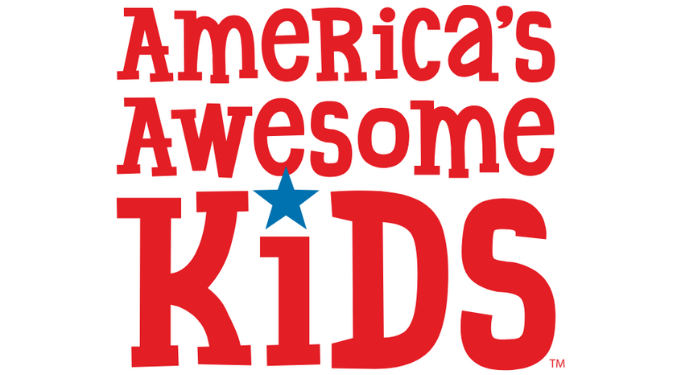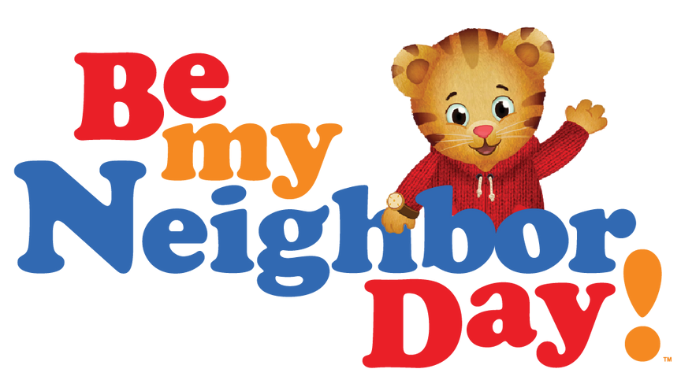West Virginia has the highest percentage of flood insurance policies that will see premiums rise as part of the federal government’s overhaul of a subsidy program, according to an analysis of government figures.
Some residents targeted by the change are rattled and say they can’t afford thousands of dollars in higher costs, and business owners worry the move will irrevocably hurt them.
In 2012, Congress enacted a law that redrew the Federal Emergency Management Agency’s flood zone maps and required about 1 million policyholders to begin paying rates based on the true risk of flooding at their properties.
An outcry about the one-time increases prompted Congress this month to amend the law. Instead, policyholders would pay premiums that increase gradually each year.
An Associated Press analysis of government data found that of the 21,000 West Virginia homes and businesses in the National Flood Insurance Program, 57 percent face premium increases. Those are the roughly 12,200 policyholders receiving subsidies in the state.
Indiana, Michigan and Vermont were the next highest at 53 percent.
Two-thirds of the last 60 federally declared disasters in West Virginia have been flood related. The state has 32,000 miles of rivers and streams, and flash-flooding hits many areas, especially where there’s runoff from mountains. A few of the surrounding communities are protected by floodwalls.
“Flooding affects every county in the state,” said T.D. Lively of the West Virginia Division of Homeland Security and Emergency Management.
In 2004, the remnants of Hurricane Ivan ravaged urban areas and was one of the most expensive disasters in state history.
West Virginia policyholders pay nearly $18 million in premiums under the federal flood program. The total amount of property covered is $2.7 billion.
In the Northern Panhandle community of New Martinsville, more than 900 homes had water damage from Ivan. It’s where Bart Cannizzaro bought a house in foreclosure a year ago. The house, built in 1902, has never sustained structural damage from flooding.
A bank notified Cannizzaro in December that his flood insurance premium – a requirement of his federally backed mortgage – had lapsed and he had to pay a temporary rate of $1,200, plus have an elevation survey completed within a month at a cost of at least $500. The lower the house is below the flood plain, the higher the insurance rate, which he has the option of either adding to his mortgage or paying up front.
Under the law, nearly 9,000 West Virginia homeowners could see annual flood premium increases of up to 18 percent, while about 3,200 owners of businesses and second homes face increases of a mandatory 25 percent.
Cannizzaro expects his rate to increase to about $4,000 – including a $5,000 deductible.
“I’m not crying here, but we live on a paycheck-to-paycheck basis,” he said. “If this premium held, I could pay this house off in 10 years with the flood insurance I’m paying.”
Now that President Barack Obama has signed the bill into law, Cannizzaro plans to have his insurance company reconfigure his rate.
“This house will never see a flood claim unless the entire valley is wiped out. That’s my issue with this,” Cannizzaro said. “If I wasn’t required to have flood insurance, I wouldn’t be holding it. I wouldn’t be covered for anything.”
The state Legislature this month passed a bill to create a private flood insurance option. The bill’s sponsor, Sen. Rocky Fitzsimmons, said the federal changes are hurting the state’s housing market because homebuyers may not be able to afford flood insurance. In addition to purchasing a plan to replace a home, homeowners could opt to insure only the outstanding amount of their loan.
The northern Panhandle was decimated by job losses in the steel industry in the past decade. To Wellsburg business owner Fred Marino, the cost of rising flood insurance “will essentially probably finish our little town off,” he said.
In 2012, Wellsburg received a federal grant to remove 10 flood-damaged structures whose property then became open space. Marino’s auto service business has never flooded, but because the local flood plain includes a tiny corner of his shop, he’s being told to buy flood insurance.
And despite living in one of the highest elevations in town, Marino said he’ll have the additional expense of going from $494 annually to $2,300 to pay for flood insurance on his home.
“It’s not very fair to the small little communities that are on the river,” he said. “It’s going to affect my whole town. If you have a business, there’s no way you’ll ever going to sell it. (If) you go out of business, it’s over.”























